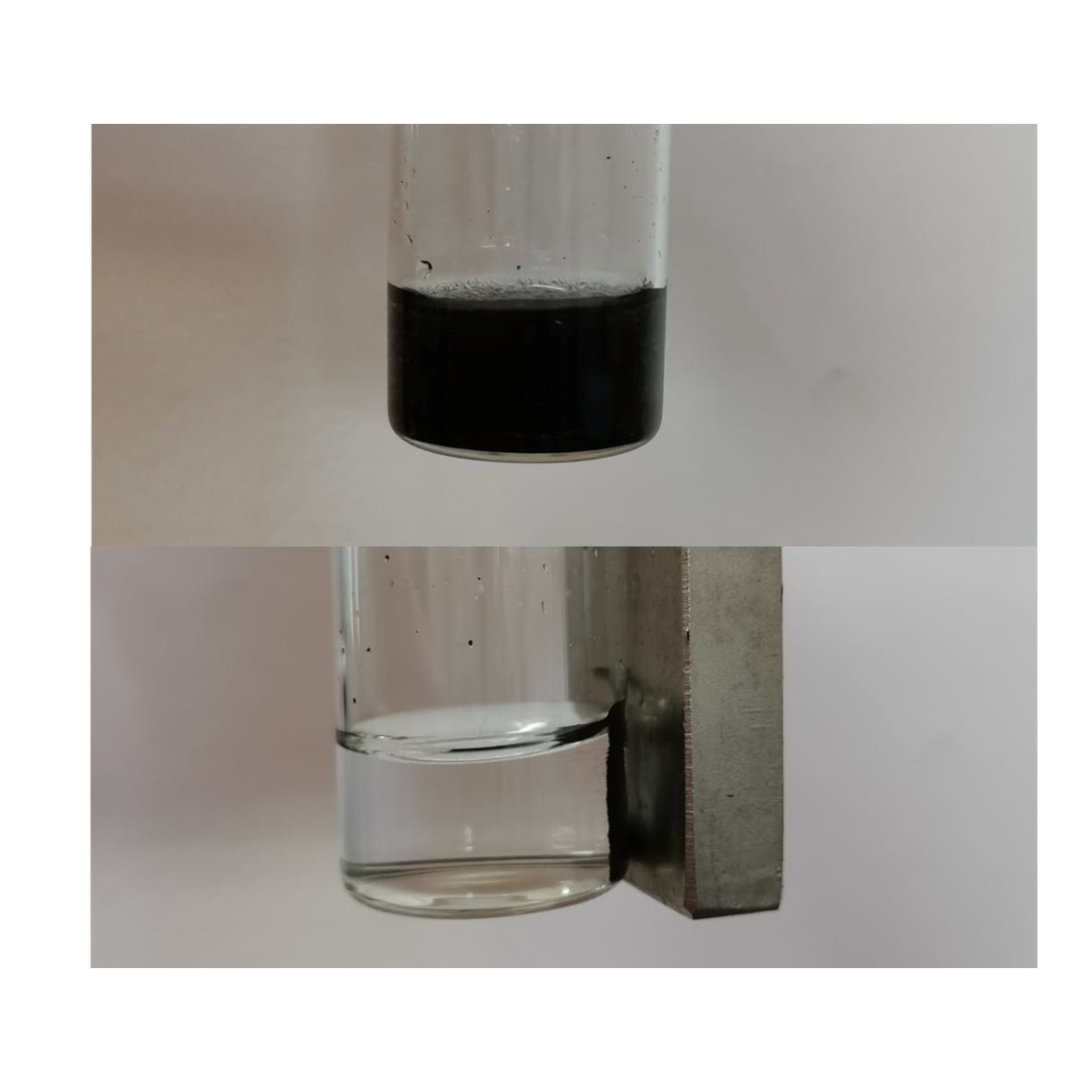
Engineers at the University of California, San Diego developed a new technology that uses an oscillating electric field to easily and quickly isolate drug-delivery nanoparticles from blood. The technology could serve as a general tool to separate and recover nanoparticles from other complex fluids for medical, environmental, and industrial applications.
Nanoparticles, which are generally one thousand times smaller than the width of a human hair, are difficult to separate from plasma, the liquid component of blood, due to their small size and low density. Traditional methods to remove nanoparticles from plasma samples typically involve diluting the plasma, adding a high concentration sugar solution to the plasma and spinning it in a centrifuge, or attaching a targeting agent to the surface of the nanoparticles. These methods either alter the normal behavior of the nanoparticles or cannot be applied to some of the most common nanoparticle types.
“This is the first example of isolating a wide range of nanoparticles out of plasma with a minimum amount of manipulation,” said Stuart Ibsen, a postdoctoral fellow in the Department of NanoEngineering at UC San Diego and first author of the study published October in the journal Small. “We’ve designed a very versatile technique that can be used to recover nanoparticles in a lot of different processes.”
This new nanoparticle separation technology will enable researchers — particularly those who design and study drug-delivery nanoparticles for disease therapies — to better monitor what happens to nanoparticles circulating in a patient’s bloodstream. One of the questions that researchers face is how blood proteins bind to the surfaces of drug-delivery nanoparticles and make them less effective. Researchers could also use this technology in the clinic to determine if the blood chemistry of a particular patient is compatible with the surfaces of certain drug-delivery nanoparticles.
“We were interested in a fast and easy way to take these nanoparticles out of plasma so we could find out what’s going on at their surfaces and redesign them to work more effectively in blood,” said Michael Heller, a nanoengineering professor at the UC San Diego Jacobs School of Engineering and senior author of the study.
Read more: Electric fields remove nanoparticles from blood with ease
The Latest on: Electric fields remove nanoparticles
[google_news title=”” keyword=”Electric fields remove nanoparticles” num_posts=”10″ blurb_length=”0″ show_thumb=”left”]
via Google News
The Latest on: Electric fields remove nanoparticles
- Researchers can now accurately measure the emergence and damping of a plasmonic fieldon May 8, 2024 at 7:55 am
An international research team led by Universität Hamburg, DESY, and Stanford University has developed a new approach to characterize the electric field of arbitrary plasmonic samples, like, for ...
- Electric circuitson April 21, 2024 at 11:25 am
This interactive quiz is suitable for GCSE physics students studying electrical charges, charging by friction and electric fields. Electric charge - OCR 21st Century The motion of charged ...
- Electrical control of magnetism by electric field and current-induced torqueson April 16, 2024 at 7:06 am
More information: Albert Fert et al, Electrical control of magnetism by electric field and current-induced torques, Reviews of Modern Physics (2024). DOI: 10.1103/RevModPhys.96.015005 Provided by ...
- Electrical control of magnetism by electric field and current-induced torqueson April 15, 2024 at 5:00 pm
In this review, recent advances in the electrical control of magnetism (either by electric fields and by current-induced torques) are covered. Fundamental concepts in these two directions are ...
- Electric Fields on their unlikely journey to Eurovision: ‘I’m ready to prove a point’on April 3, 2024 at 2:34 am
Together with keyboardist Michael Ross, the pair – also known as Electric Fields – will be representing Australia at Eurovision with their new track, One Milkali (One Blood), which ...
- electric fieldon March 25, 2024 at 5:00 pm
A second gate, called the program gate, can be used to reconfigure the electric fields within the transistor, changing its properties on the fly. This still requires some electrical control ...
- ECS504U Electric and Magnetic Fieldson March 15, 2024 at 10:26 pm
The aim of this module is to teach you the basic laws of electric and magnetic fields, their application to elementary problems involving steady and time changing fields and currents, and give you an ...
- Electric Fields will represent Australia in Eurovision with song One Milkali (One Blood) 🇦🇺on March 5, 2024 at 10:13 am
Subscribe and 🔔 to Eurovision 👉 https://www.youtube.com/user/eurovision?sub_confirmation=1 - We are #UnitedByMusic. The Eurovision Song Contest celebrates ...
- Electric Fieldson December 6, 2023 at 10:02 am
Electric Fields are the first duo to represent Australia at the Eurovision Song Contest. Fans might well remember the pair from SBS’ 2019 national selection show, Eurovision – Australia Decides, where ...
- Motion Control of Nanoparticles in Nanofluids under Electric Forceon May 20, 2016 at 5:43 am
A rational effort combining computational and experimental approaches is proposed to control the motion of nanoparticles in nanofluids under an electric field. The knowledge of such a motion control ...
via Bing News











